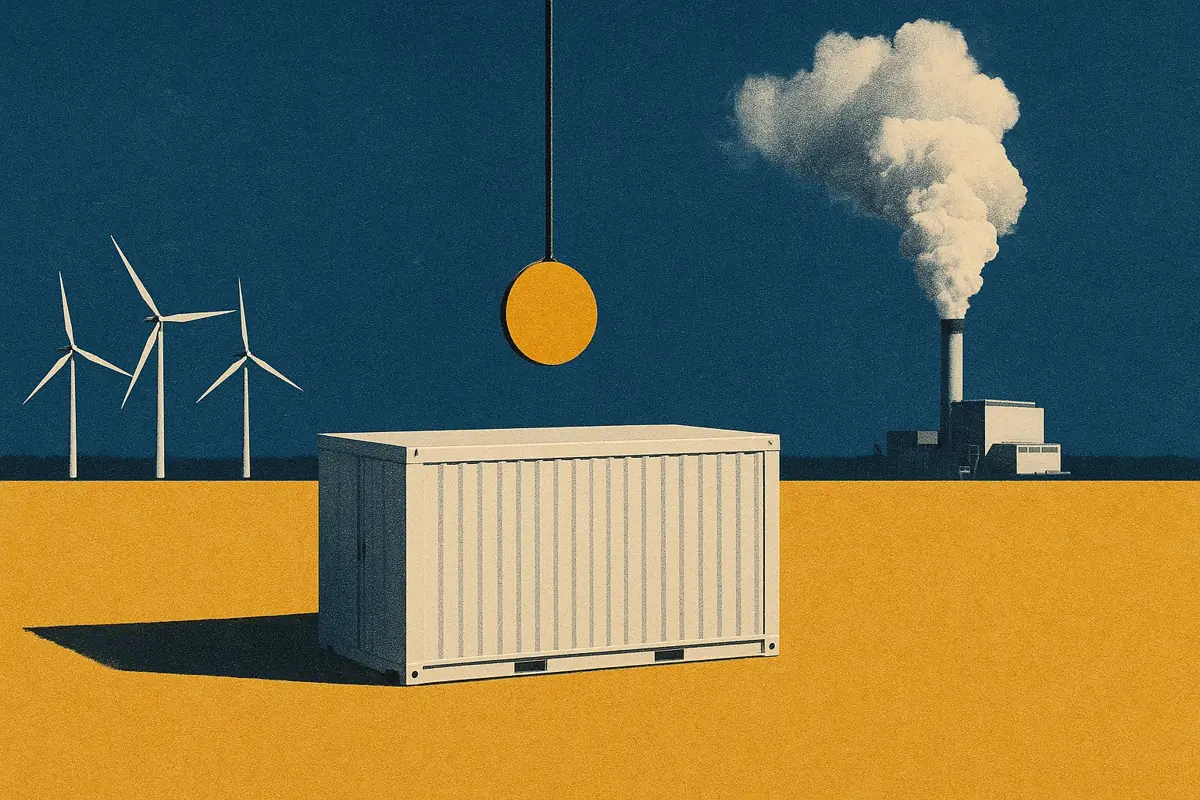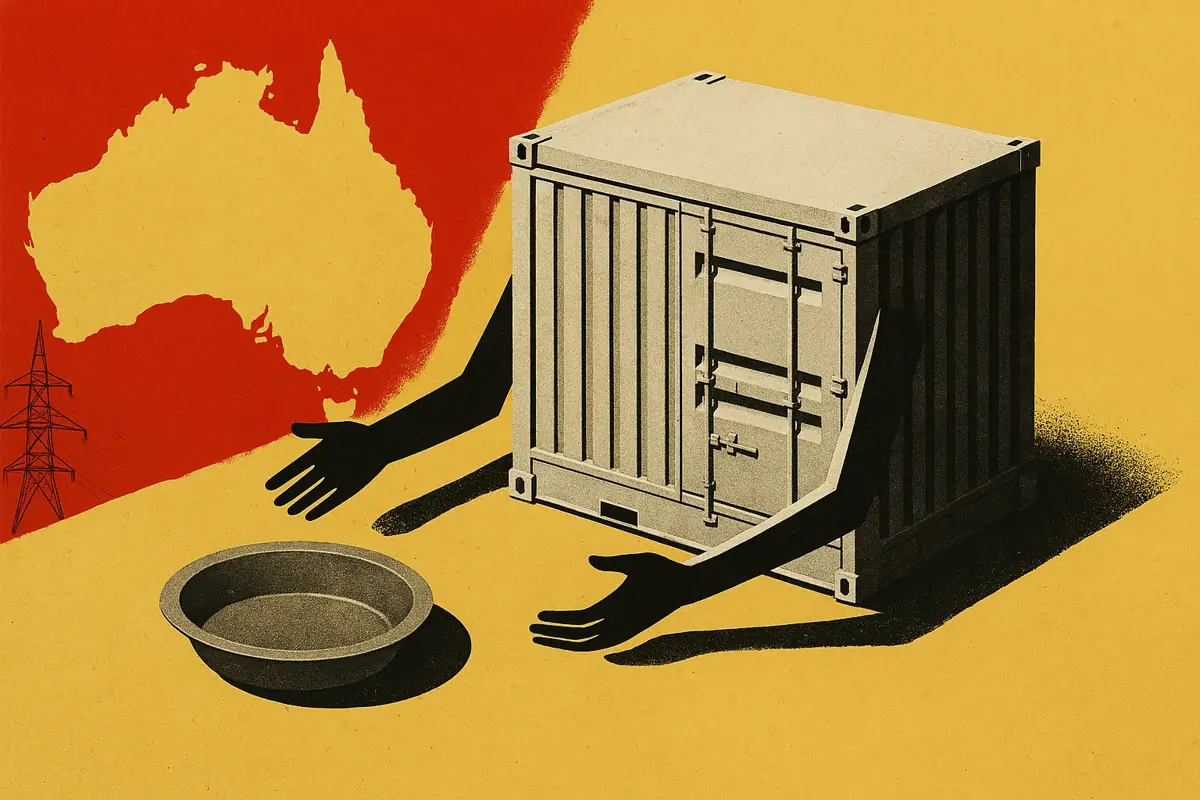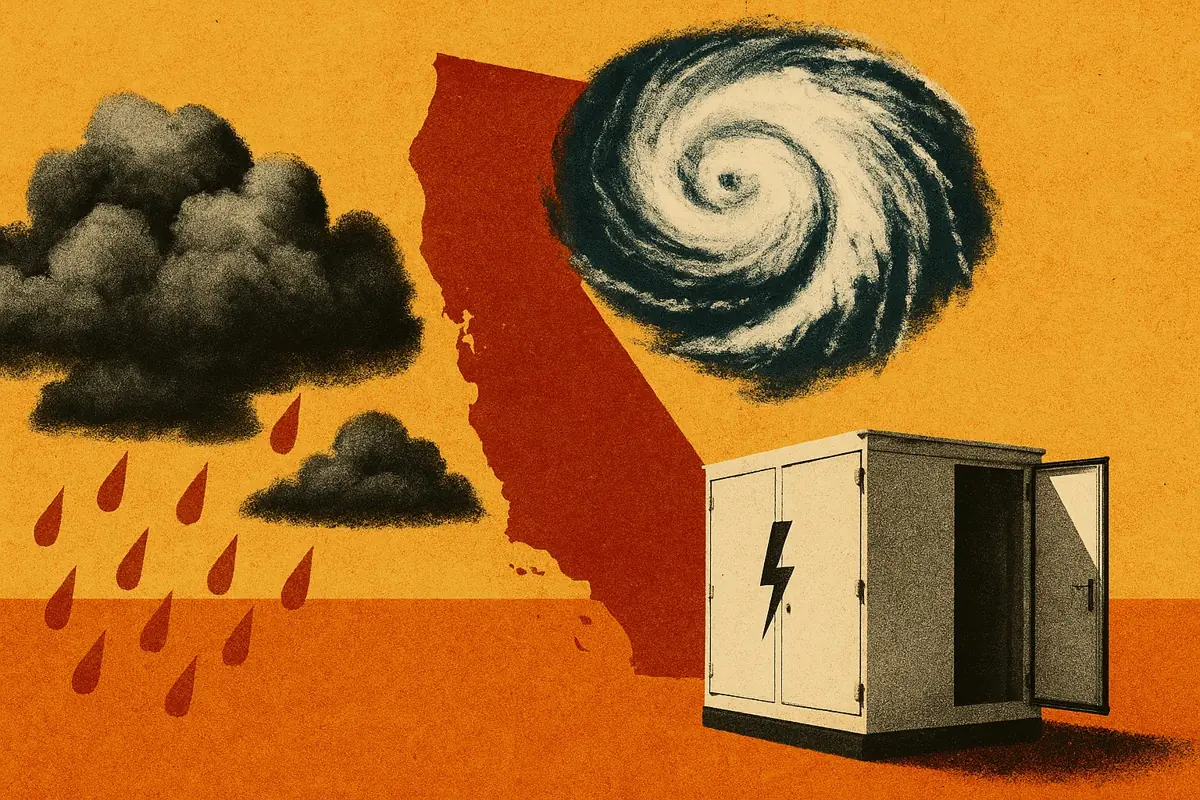Grid-scale battery energy storage in the Australian NEM earned an average of $148k per MW in 2024. This marked a 45% increase from the low reached in 2023. But behind that topline number is a more complex story, with a few strong performers significantly outperforming the average. Let’s look at which batteries delivered strong returns and why in Modo Energy’s 2024 BESS revenue recap.
Executive Summary
- NEM battery revenues increased 45% year-on-year in 2024, averaging $148k/MW. This was driven by a doubling in energy trading revenues despite a continued fall in FCAS earnings.
- 50% of energy trading revenues came during prices above $3,000/MWh, highlighting the dominance of extreme price events in battery earnings.
- Revenue performance varied widely by asset and region, with longer-duration batteries outperforming and Victorian assets lagging due to fewer high-price events.
- Just 32 days accounted for half of 2024 battery revenues, with 5 August alone delivering 11% of the year’s total earnings.
In this article, we refer to the Modo Energy NEM battery index, which represents the average revenues (inclusive of marginal loss factors) earned by batteries within the NEM across a period of time. The average is weighted and normalised by a battery’s rated power. All currency figures quoted are in Australian dollars (AUD).
The index and this article cover merchant revenues, defined as revenues from the NEM’s publicly traded wholesale energy and FCAS markets. Batteries may have other revenue sources, such as government contracts and power purchasing agreements.
NEM battery revenues recovered in 2024 through increased earnings from energy trading
The $148k/MW of average battery energy storage earnings in 2024 represents a 45% increase from 2023. This was despite revenues from frequency response services (known as FCAS) dropping, continuing a trend seen for the past several years. Energy trading revenues more than doubled to $102k/MW from 2023 to 2024, which more than offset the reduced FCAS revenues.







